What is the Difference Between HVAC and Air Conditioning?
We’ve all heard of air conditioning, and you have likely heard the term HVAC. HVAC stands for heating, ventilation, and air conditioning. Knowing that it might be confusing as to why the two are separated. Air conditioning and HVAC aren’t the same thing. Depending on your climate, you might have one or the other (in rare cases, neither). This article is going to explain what air conditioning does, what HVAC does, and the difference between the two.
If you’ve ever been curious about the difference between HVAC vs AC, you’ve come to the right spot. Read on and learn the difference!
What is air conditioning?
To know the difference between HVAC and AC, we need to know what each system does individually. Let’s start with air conditioning, which has fewer components than an HVAC system.
An air conditioning unit cools a space in a home or other dwelling. It can also be used to dehumidify a room or a space. It’s pretty brilliant in design. The way an air conditioner works is that it pulls in hot air from the outside, gathers it internally, cools the air off, and then pumps it back into the space where it is cooling.
An air conditioning unit has four main parts: compressor, condenser, evaporator, and expansion valve. The compressor sends the refrigerant to the condenser, releasing the heat from the air and turning it into a liquid. That liquid is passed through the evaporator and returned to the compressor. The expansion valve controls the temperature by regulating how much refrigerant is released.
You may be familiar with two main types of AC. The first are window units. These units fit snugly into a window and are only good for heating one room. While these are effective for smaller rooms, they can be expensive to run.
The other type of AC you may have heard of is centralized AC. This form of AC is meant to cool off an entire home or building. Centralized AC runs through a series of vents and offers a consistent temperature throughout a space. On the front end, centralized AC is much more expensive. In the long run, it is much more durable than a window unit and will save you money.
What is HVAC?
While HVAC has an element of AC, it also includes heating and ventilation. A simple way to explain the difference between an AC unit and an HVAC unit is that an HVAC unit is meant to control the climate of a home or building throughout the year, as opposed to just the hotter months. When you think of HVAC services, you can think of a furnace, heat pump, blower, evaporator coil, and all the ductwork needed to make it happen.
While an AC window unit can be installed by anyone, an HVAC unit will require an HVAC installer. These huge systems are complicated to set up but easy to use. The furnace heats the air, which the internal blower blows through the ductwork. The air conditioning component of an HVAC system works the same way as a standalone air conditioning unit.
One of the other big differences between an HVAC system and an air conditioning unit is the amount of upkeep that an HVAC unit requires.
An AC window unit doesn’t require too much maintenance. A centralized AC unit will require more maintenance but not as much as an HVAC unit.
For those with an HVAC unit, you will want a trusted and experienced professional to deal with the upkeep of your HVAC unit. An experienced professional will have all the HVAC tools needed to ensure your system is running smoothly.
So, what’s the difference between an HVAC unit and an air conditioning system? The main difference is the climate you are living in and what you need. People in climates that get cold and hot will want an HVAC unit, while those in southern climates will likely opt for just an air conditioning unit.
If you are wondering whether you need an AC or an HVAC unit, please contact Gainesville Mechanical today!
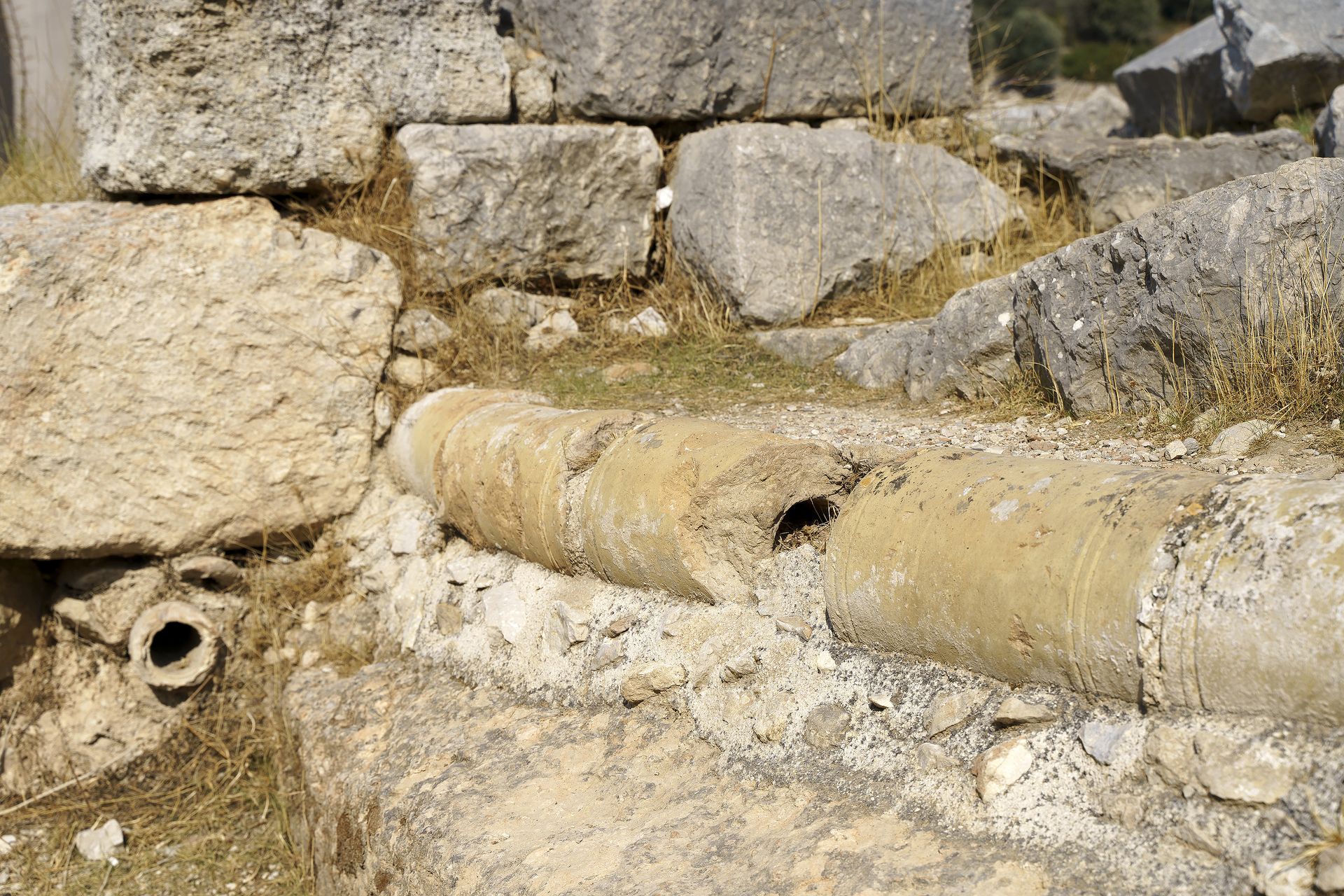
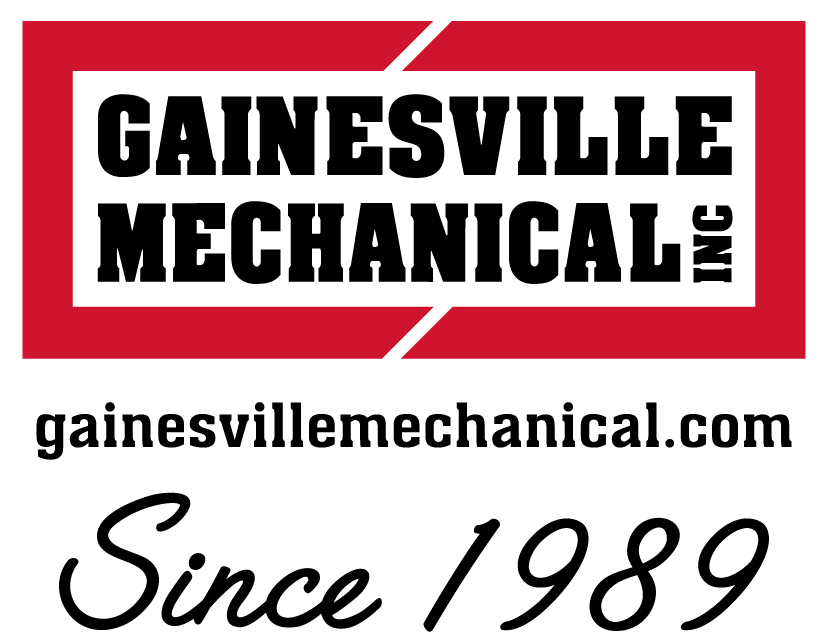
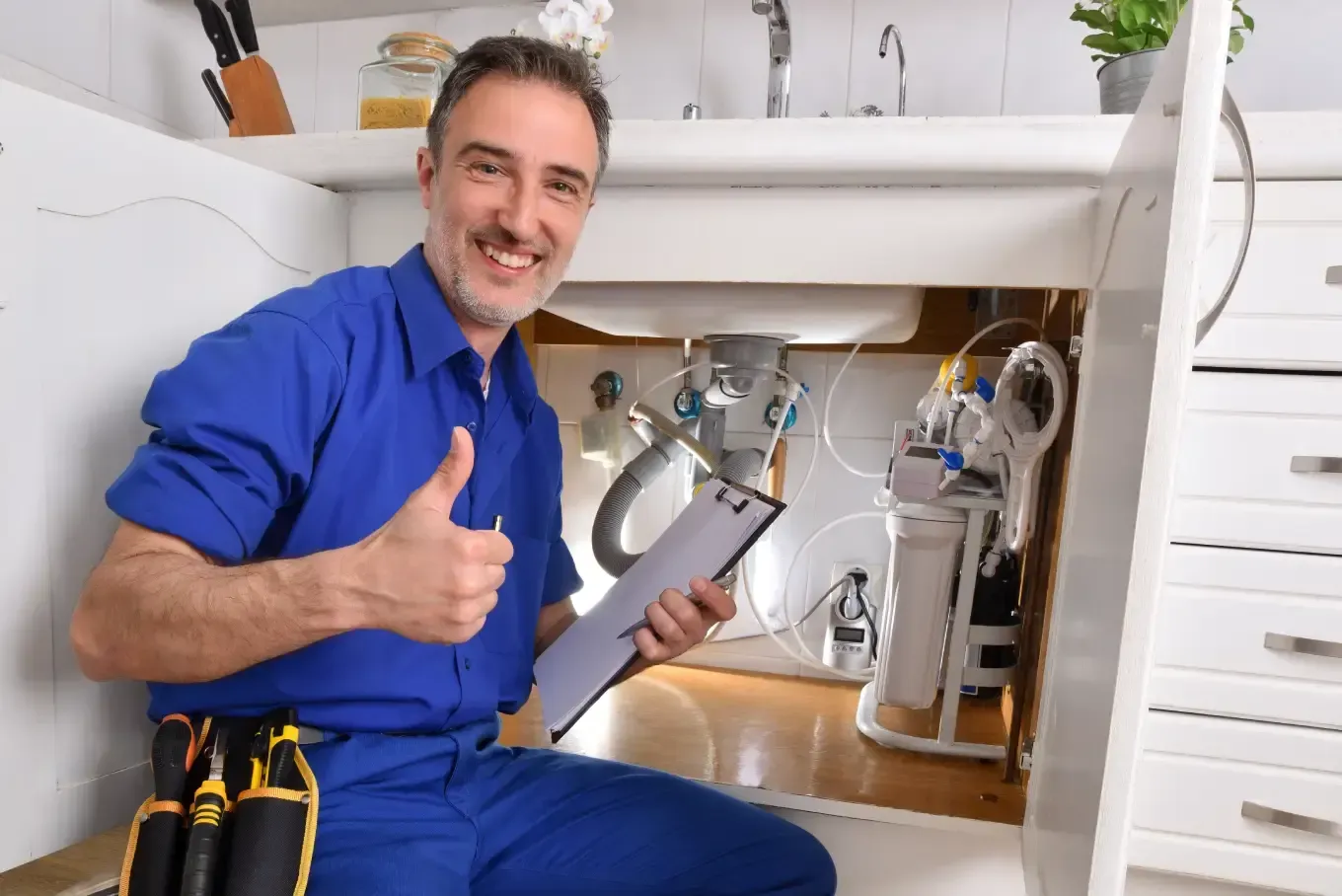

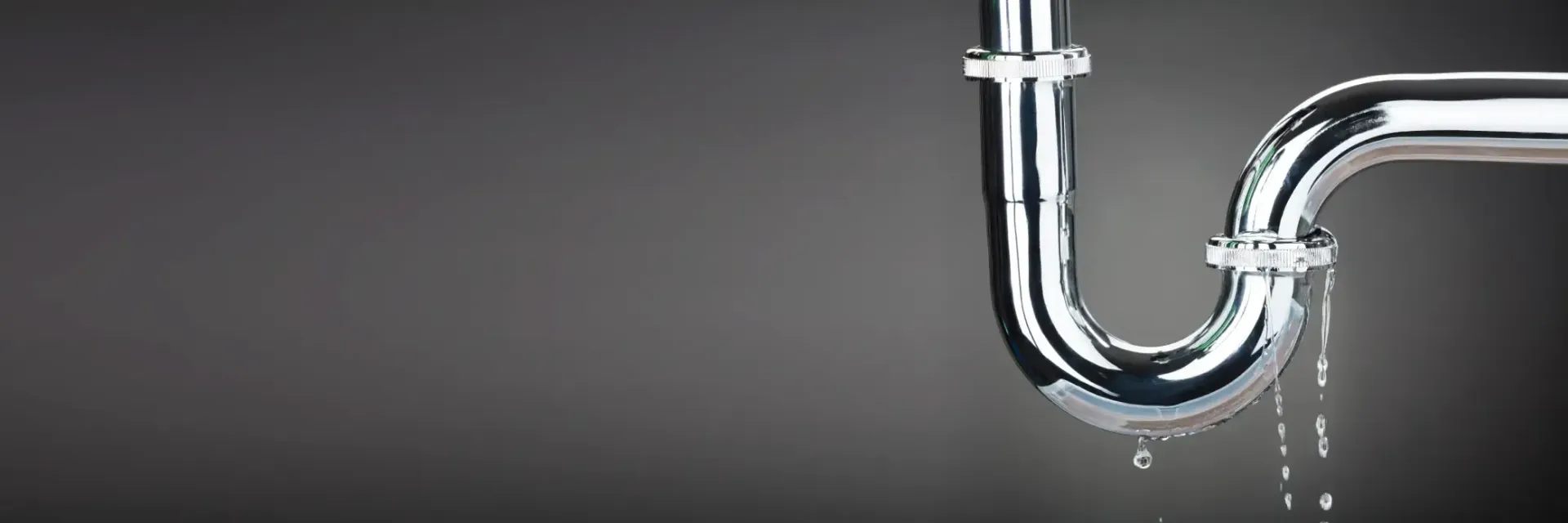

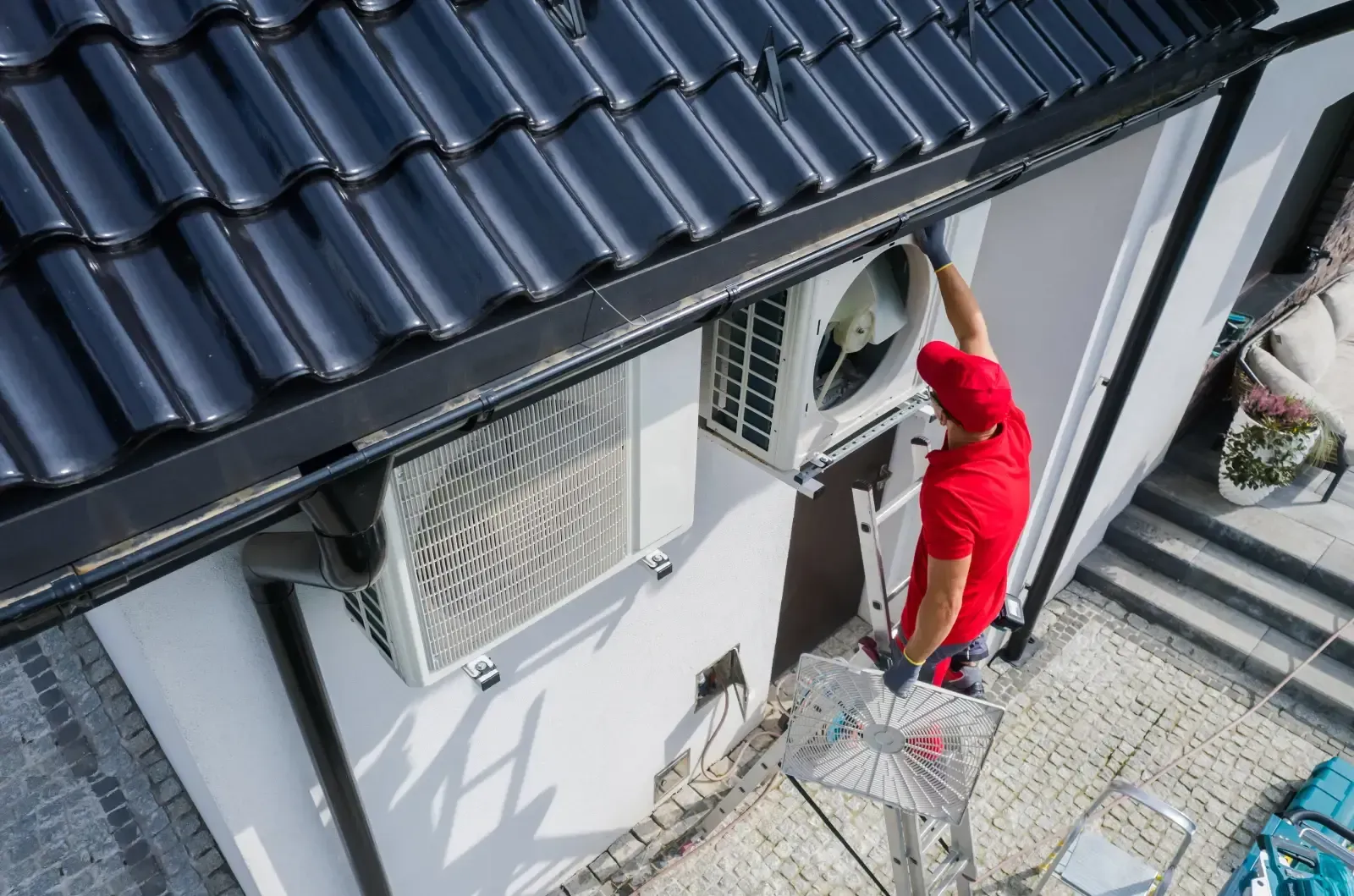
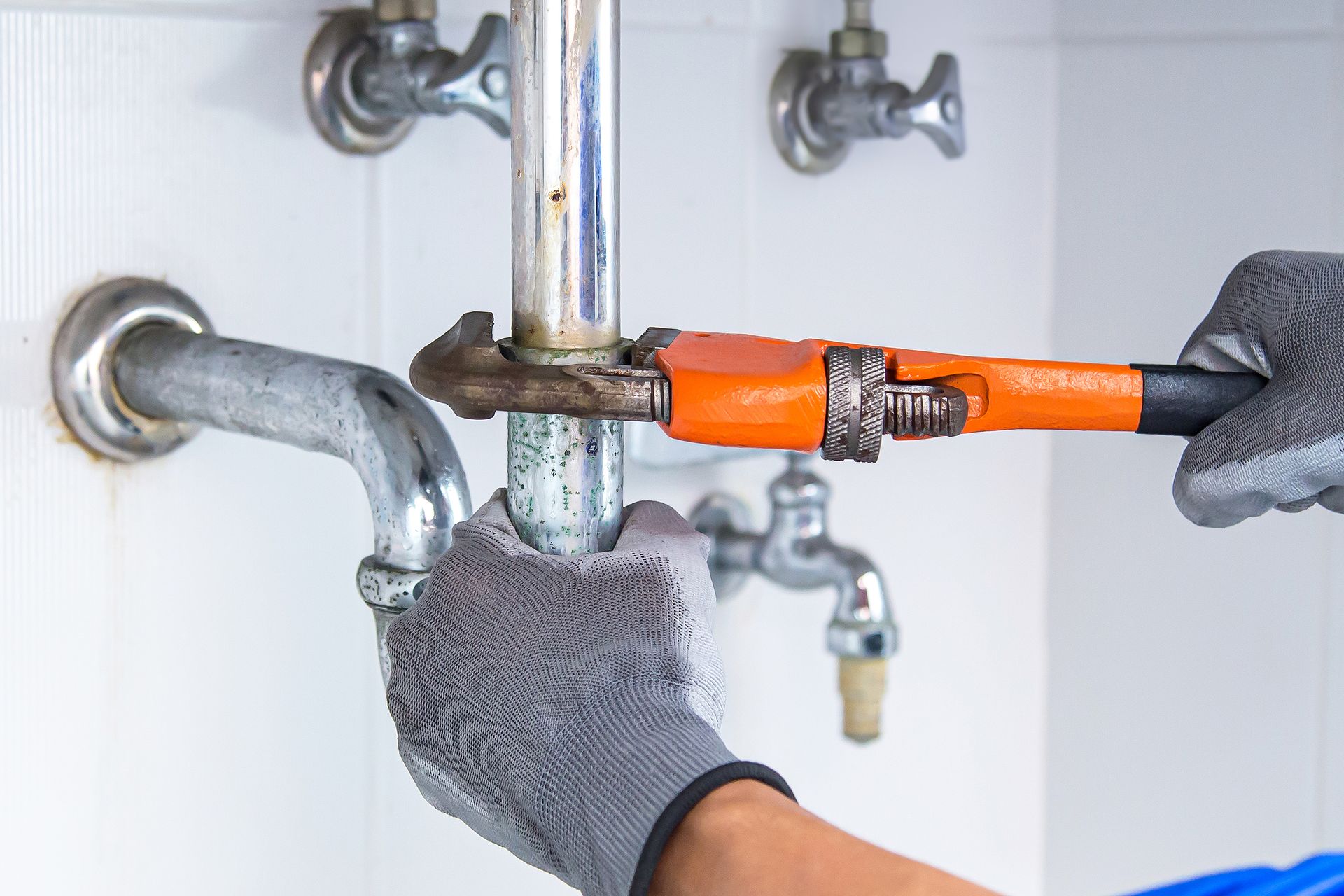
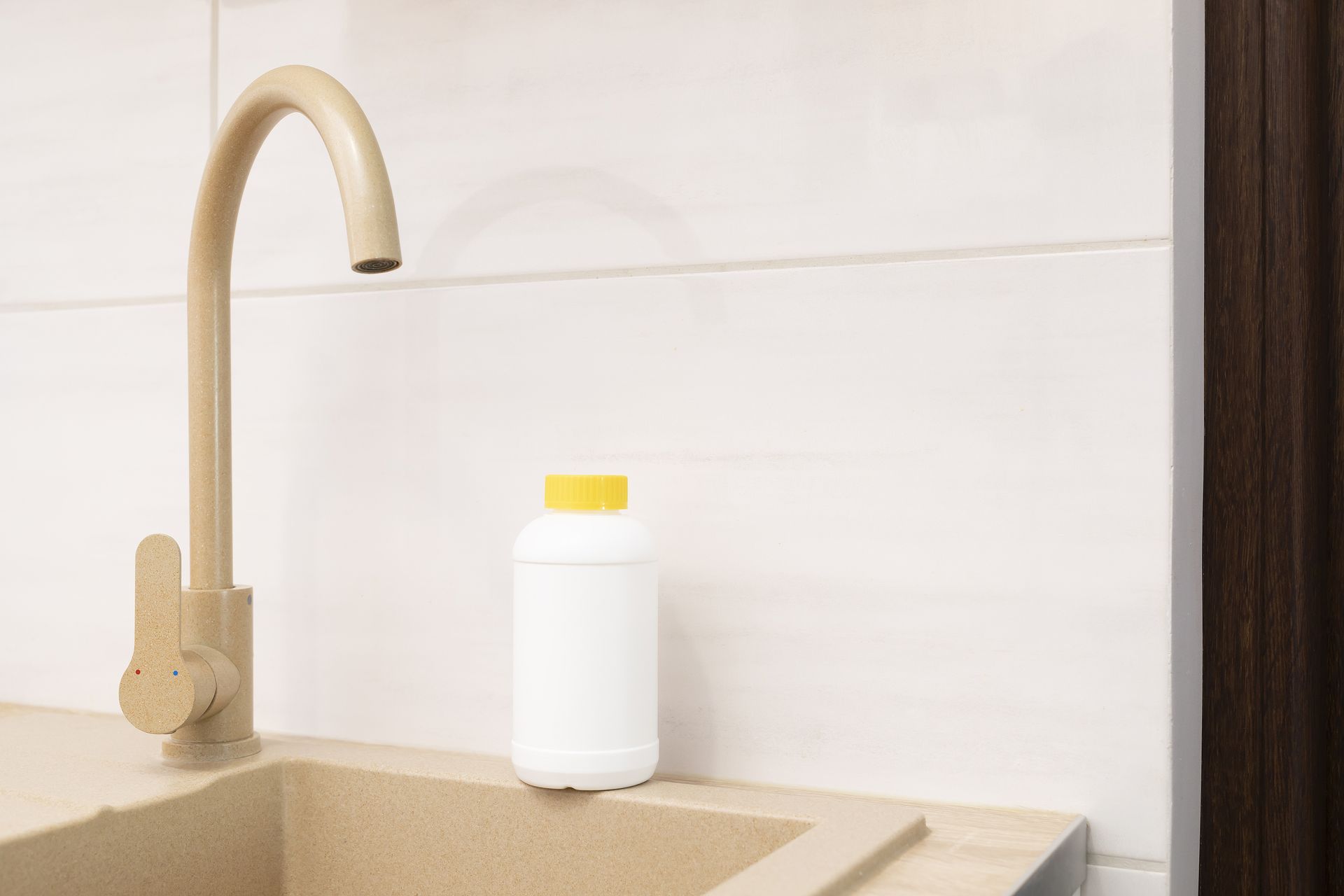
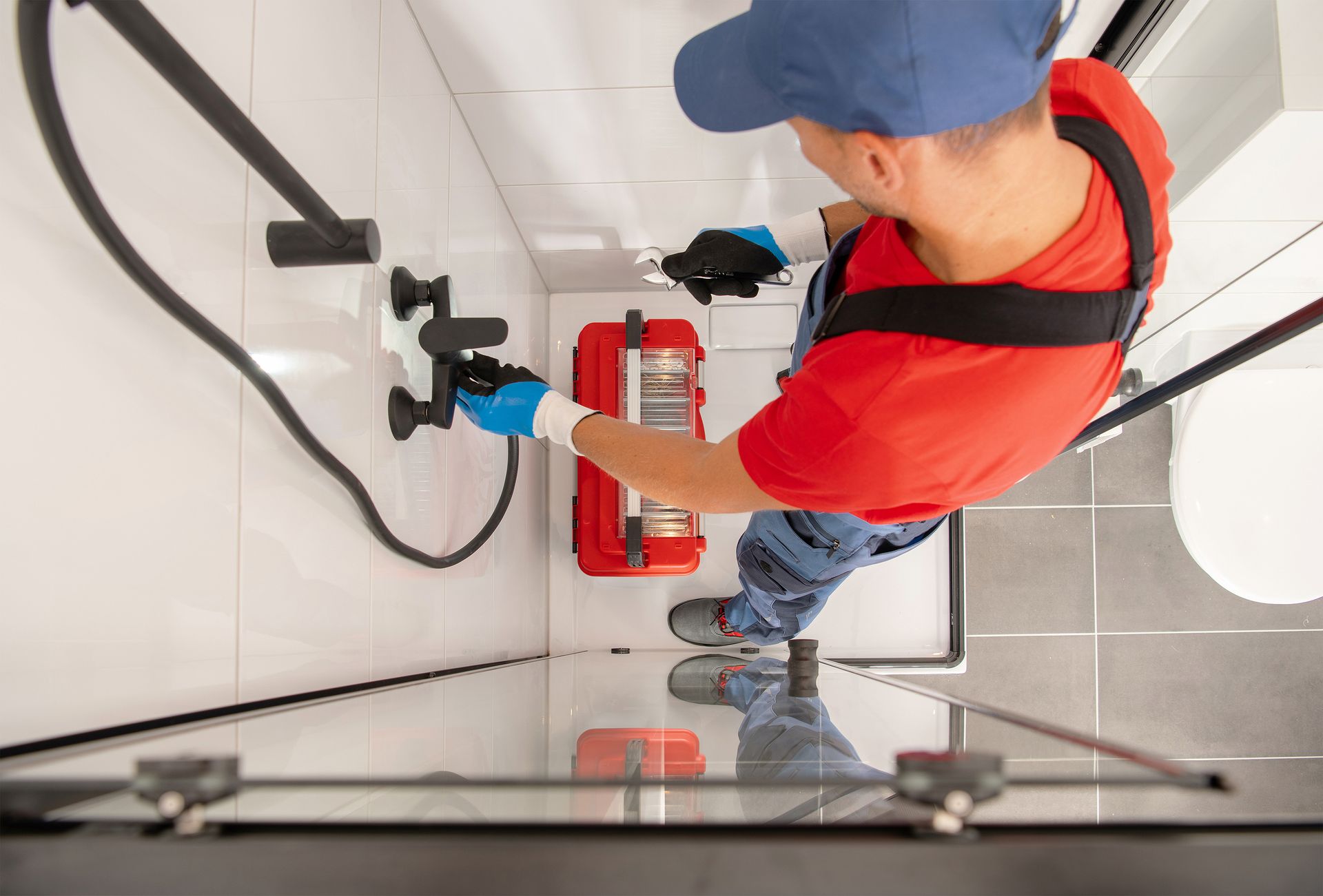
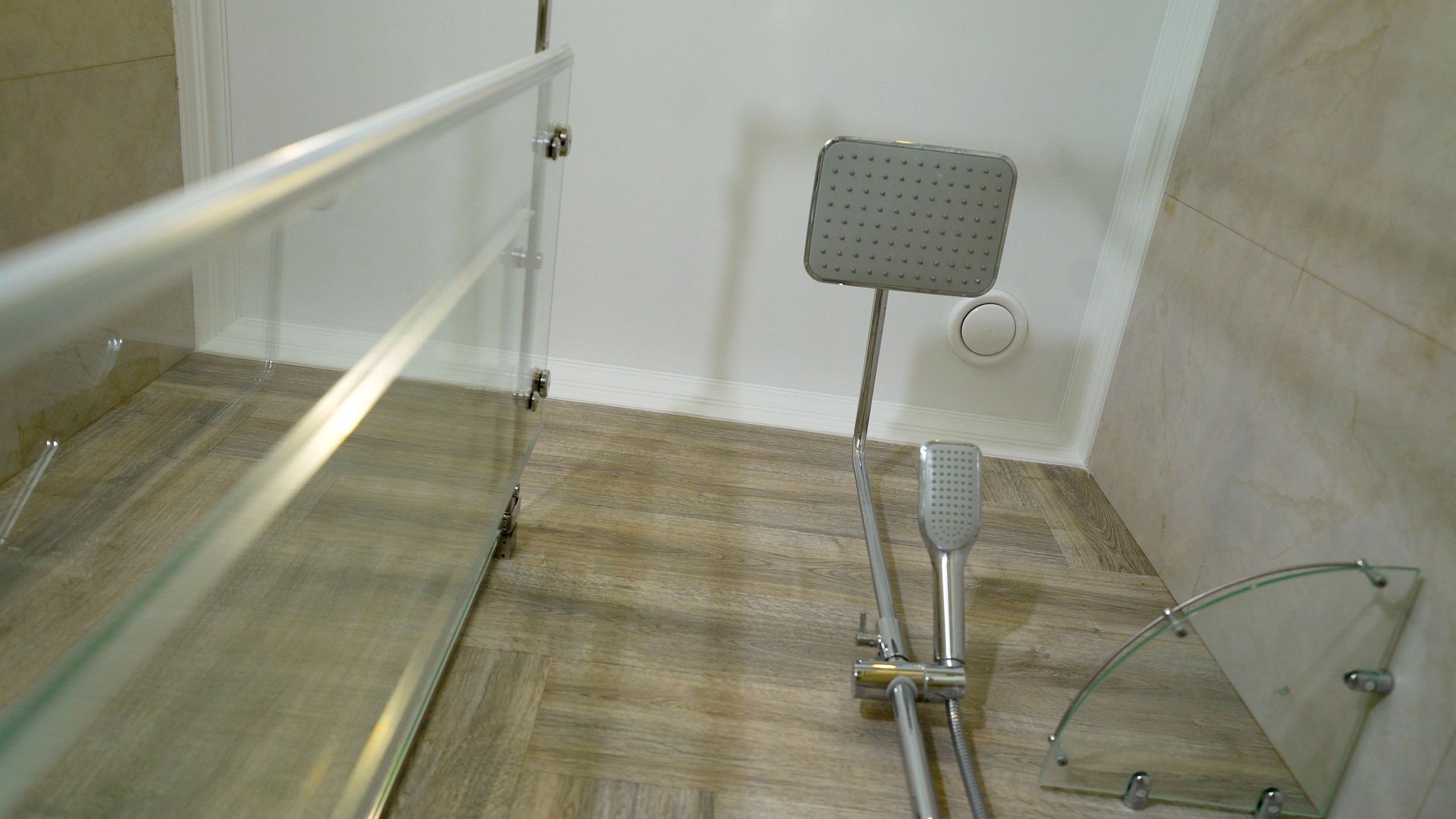
Share On: